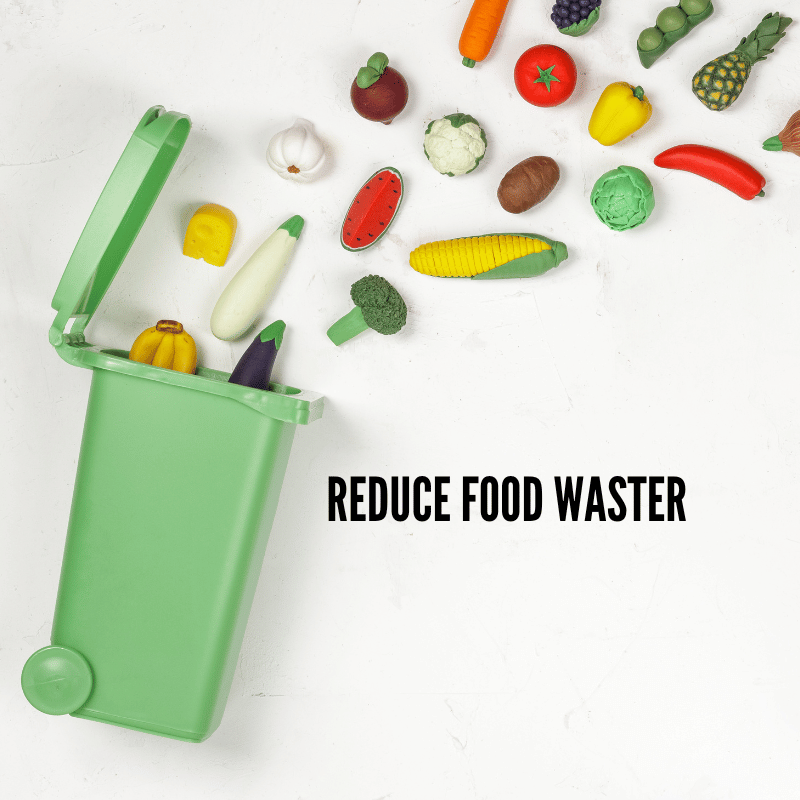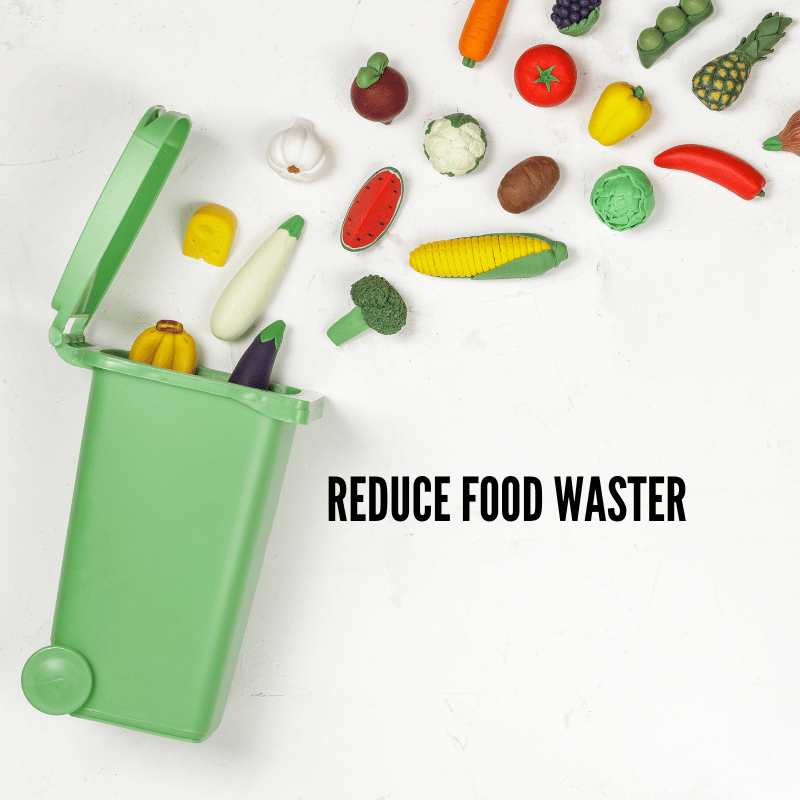
Food waste is a major global issue affecting the environment, economy, and society. According to the Food and Agriculture Organization of the United Nations, one-third of all food produced worldwide is wasted. This amounts to approximately 1.3 billion tons of food lost or wasted annually. However, with the advent of 3D food printing technology, there is hope for a more sustainable future.
What is 3D Food Printing?
3D food printing is a process that involves creating three-dimensional objects using edible materials such as dough, chocolate, or pureed fruits and vegetables. The process involves using a 3D printer to layer the edible material until it forms the desired shape or design.
How Can 3D Food Printing Address Food Waste?
- Customization: One of the main advantages of 3D food printing is that it allows for customization. This means that food can be printed in specific shapes and sizes, which can help reduce waste by ensuring that only the necessary amount of food is produced.
- Preservation: 3D food printing can also create foods with a longer shelf life. For example, printed foods can be designed to have a higher concentration of preservatives or to be vacuum-sealed, which can help reduce spoilage and waste.
- Recycling: Another way 3D food printing can address food waste is by using recycled materials as the base for printing. For example, leftover fruits and vegetables can be pureed as the base material for printing new foods.
- Portion Control: With 3D food printing, it is possible to create foods in precise portions. This means that restaurants and other food service providers can reduce waste by only producing the needed food.
Restaurants and Companies Using 3D Printing Technology to Create Food.
Several restaurants worldwide use 3D printing technology to create unique and innovative dishes. Some examples include:
- Food Ink is a pop-up restaurant that uses 3D printers to create all its dishes, from appetizers to desserts.
- The Sugar Lab is a bakery that uses 3D printing to create intricate sugar sculptures and decorations for cakes and pastries.
- Natural Machines is a company that produces a 3D food printer called the Foodini, which can create various dishes using fresh ingredients.
Overall, while 3D-printed food is still a relatively new concept, it is becoming increasingly popular among chefs and food enthusiasts looking for new ways to innovate in the kitchen.
What are the Health and Safety Implications of 3D Food Printing Technology?
3D food printing can be healthy and safe if the ingredients are high quality and the printing process is done in a clean and controlled environment. The technology can also create customized meals that meet specific dietary needs, such as gluten-free or low-sugar diets. However, it is important to note that 3D food printing is still a relatively new technology, and more research is needed to fully understand its long-term effects on health and safety.
Conclusion
3D food printing is a promising technology that has the potential to revolutionize the food industry. Addressing issues related to food waste can help create a more sustainable future. With continued innovation and development, 3D food printing could become a key tool in the fight against food waste.


Recent Comments